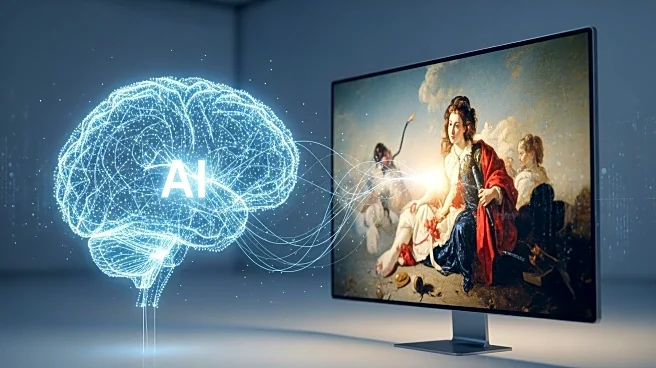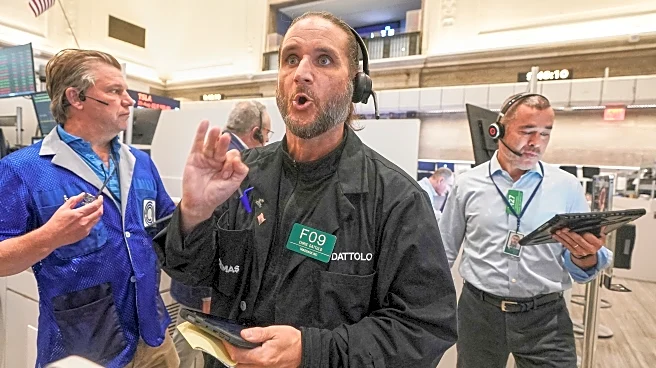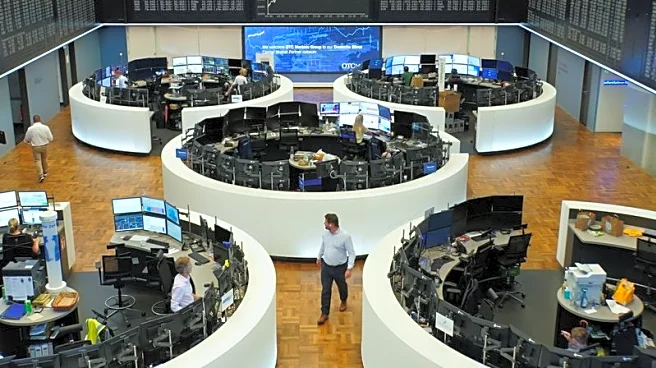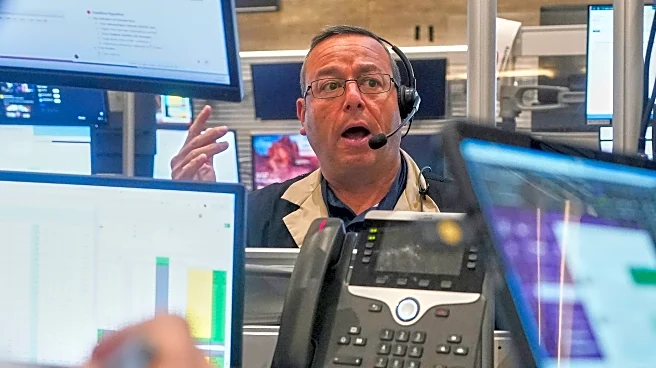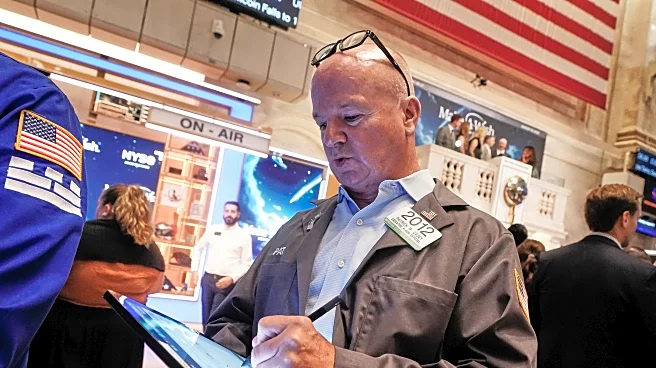What's Happening?
A team of economists has employed artificial intelligence to analyze over 600,000 European paintings spanning 600 years to track major social and economic shifts. By detecting emotional signals in these artworks, the researchers found correlations between artistic moods and historical events, such as periods of prosperity or hardship. This study, published by the National Bureau of Economic Research, suggests that paintings can serve as valuable sources of information about societal moods and structural shifts, especially in times where traditional economic data is scarce.
Why It's Important?
This innovative approach highlights the potential of using AI to extract historical and economic insights from non-traditional data sources like art. It underscores the interdisciplinary potential of combining economics, art history, and technology to gain a deeper understanding of societal changes. The findings could influence how economists and historians approach the study of past societies, offering a new lens through which to view historical data. This method also raises questions about the role of AI in interpreting cultural artifacts and the implications for understanding human history.
Beyond the Headlines
The study's reliance on AI to interpret art raises ethical and methodological questions about the accuracy and biases inherent in machine learning models. The researchers acknowledge the limitations of their dataset, which predominantly features Western art, potentially overlooking diverse artistic expressions from other cultures. As more museums digitize their collections, future research could expand to include a broader range of artworks, offering a more comprehensive view of global historical trends.
